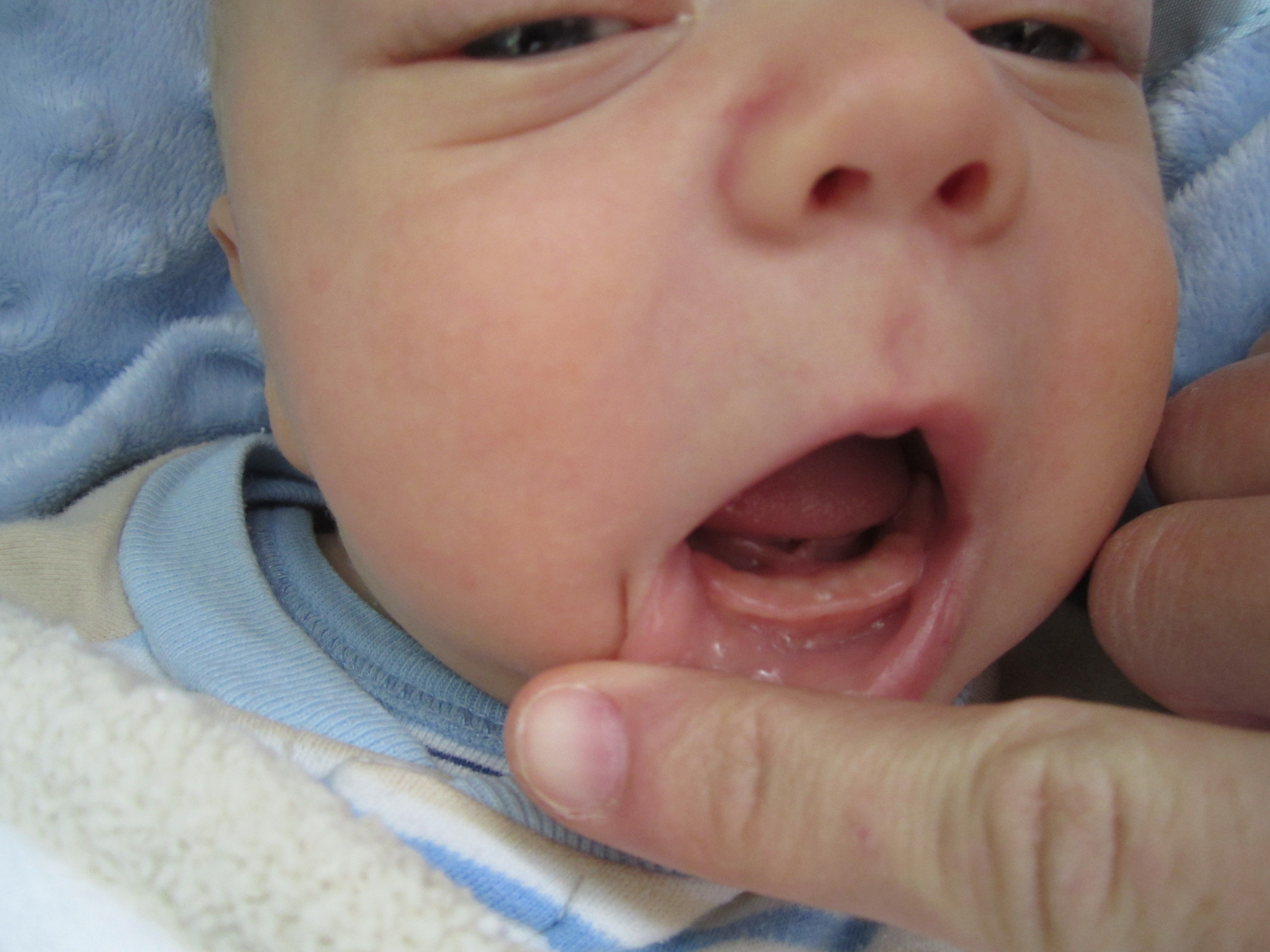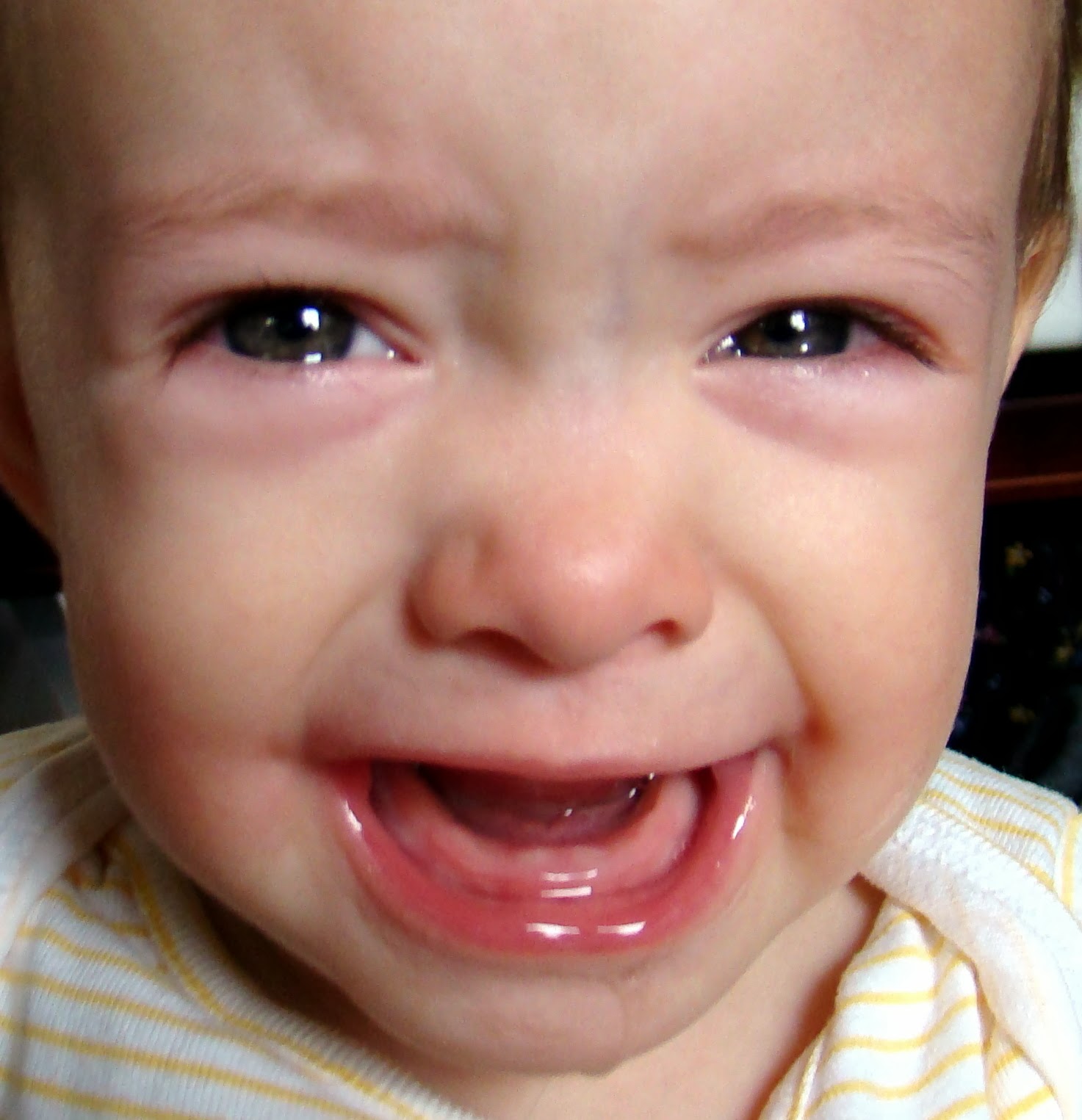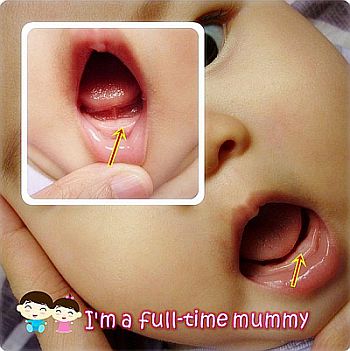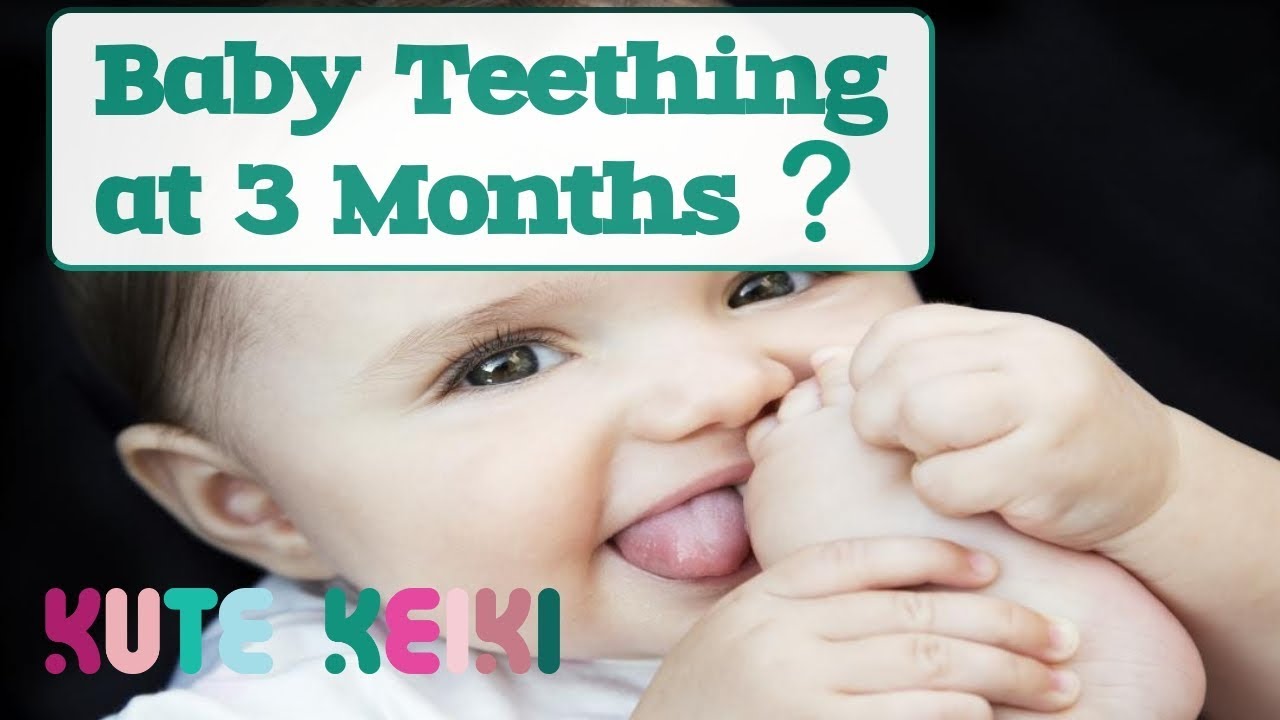Teething In Baby

Contents:
- When Do Babies Start Teething
- Problems Of Teething
- Symptoms Of Teething
- How To Help Baby With Teething
There are many reasons for joy in the life of young parents after the birth of a baby: a baby`s smile, his first words and steps. The period of primary tooth eruption, the symptoms of which often frighten adults much, takes a special place among the important moments of child development. The baby becomes bothersome, cries constantly, sometimes his temperature increases or loose bowels happen. It is much easier to endure this time, if one knows the way of nurslings’ teething and what one can do for relieving of a baby’s state.
When Do Babies Start Teething

What processes occur in a baby’s organism while teething, when does it start and finish, and what should parents pay their attention to in the course of this process? The primary dentition of the majority of babies starts at the age of 5-6 months. The number of incisors reaches about 8 units approximately by the age of one year, and the process completes by the age of three years, when all the child’s 20 teeth are already formed. The terms of the first incisors` teething and the time of their formation at different children are distinguished. It can depend on genetics, as well as on nature of a child’s nutrition.
Incisors
The first lower incisors form in the age of approximately from 6 to 9 months. From 7 to 10 months, the first upper incisors appear; and after all, in 9-12 months, upper and lower lateral incisors erupt.
Molars
In the age of 12-18 months, the first upper molars erupt, the first lower ones appear 13-19 months after the birth of a child. The second lower molars form in the age of 20-23 months; and in the 24-26 months, the second upper teeth appear.
Canines
Averagely, the upper canines appear in the age of 16-20 months, the stomach teeth appear a little later – namely on the 17-22nd month.
At first, the parents can notice an asymmetry in the location of primary teeth. However, further, while chewing, the teeth acquire a normal even location. The asymmetry can be exhibited during formation of the first 16 teeth, therefore, one is not to worry for this reason.
Problems Of Teething

The parents should watch out for the following symptoms:
- The teething started 1-2 months earlier than the term.
- The eruption is delayed for more than one-two months.
- The incorrect order of teething, as well as absence of one and more teeth.
- The formation of teeth outside a dentition.
- The formation of teeth while the intrauterine period before the birth of a child.
- The incorrect formation of teeth.
Symptoms Of Teething
If while your child teething, you noticed one or more of the above listed symptoms, you should immediately seek doctor`s advice. These disorders are a clear sign of pathological processes in a baby’s organism. However, such phenomena as sleep, appetite disturbances, itch in gums, as well as increased isolation of saliva and sucking of fingers are quite normal.
How To Help Baby With Teething

Above all, careful and tender attitude from parents’ side will help to calm a child during the unpleasant process of teething. The active biting and chewing ease the pain while teething as well. For these purposes, one can use special plastic or rubber toys, and from the age of half a year, temporary chewing of a clean napkin helps.
The massage of gums helps also. Wrap a finger in slightly moistened cool gauze and massage gums carefully. Pediatricians or homoeopaths can prescribe the intake of special homeopathy medicine. There are also special anesthetizing gels lowering sensitivity of gums. These tools will facilitate unpleasant consequences while teething.